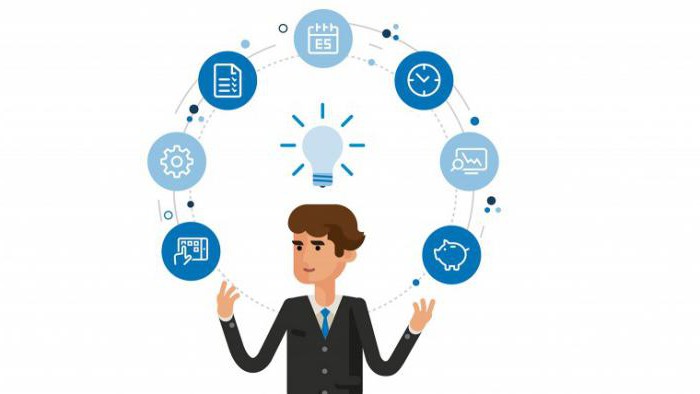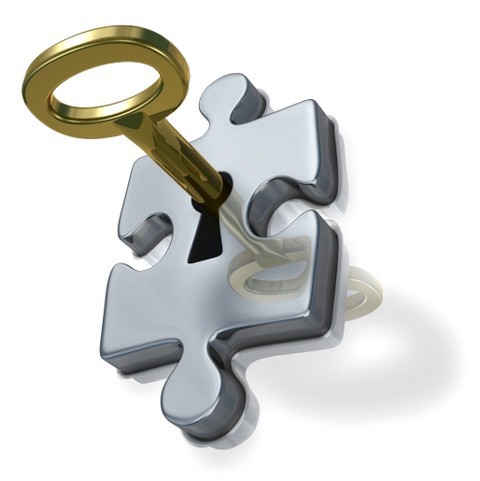13.10.2021
Feasibility Study: Definition, Example, Differences from a Business Plan
A feasibility study is a very important and integral part of the preparation of most business processes. It doesn't matter if it is a product, a service, the performance of any work, this document will help to realize the plan. The scope of this method is very wide. It is used in business planning, business loan applications, and project management. Any project will require the development of a feasibility study, and its absence will turn the work into a waste of time.
So what is it?
A feasibility study is a reflection on paper of how potentially efficient and feasible a project will be. Very often for a feasibility study, an abbreviation is used - feasibility study. So, it includes calculations, analysis, various estimates of the return on investment, own funds, various expert assessment and forecasting methods can be used, depending on the project. A feasibility study can be applied both in the development of new products and in the improvement or modernization of old ones. The same applies to the construction or organization of production, a feasibility study can help to make a choice when purchasing or creating a certain production capacity, if there is such a choice.
Feasibility study and business plan: so what are the differences?

Since there are so many variations and structures for a feasibility study and several popular structures and examples for business plans, depending on the purpose and specific product, the main difference should be highlighted.
A feasibility study is after all just calculations and forecasts, it does not contain a detailed description of the product, there are optimal and accurate estimates, formulas and explanations to them are used. For example: an idea was expressed at the enterprise to buy additional equipment - in this case, a feasibility study is being developed. If a decision was made to open an enterprise, a business plan is developed.
An example of a feasibility study

As a rule, a project feasibility study consists of many components. The elements may be similar to a business plan, but still different. Here is a structural example of a feasibility study:
- Project summary (purpose, essence, organizers, executors, sources of funds).
- Description of the organization and field of activity (general information, financial statements, personnel data, management structure, partners, prospects).
- The key idea of the project (relevance, essence, further potential).
- Description of the project result (products; works; services, including their purpose, characteristics, data on competitiveness).
- Technology and engineering design (administrative, production, human resources, including schemes of their interaction, as well as various estimates, including one-time fixed and variable costs, indication of production technology, project implementation schedule, description of the work required).
- Production program (production volume, prices, sales markets).
- Financing scheme (full description of all sources of funds).
- Commercial feasibility (preparation costs and various periods of the project implementation, estimated revenue, income, profit indicators).
- Performance indicators (various indicators related to payback and costs, estimated profit, project sustainability).
Remember, this example is just a recommendation and approximate content of the feasibility study. Most of the above methods are expert and require execution by qualified specialists in a particular area, and some projects may include other indicators or not include some of the above components.
When do you need a feasibility study of the project
Situations are different, as well as the degree of importance of a particular task. In fact, a feasibility study is the calculation of potential or desired changes associated with the costs of implementing a particular project. It is a great tool for answering the decision-making questions of whether it makes sense to carry out a project or not. The feasibility study answers the following questions:
- Will the project be profitable?
- How risky is the project?
- What are the payback periods for the project?
- What solutions are required to implement the project?
Registration

As for the design, there is no single answer to this question. The design will depend on two specific factors, namely, the case and the requirements agreed with the structure for which the feasibility study is being prepared. A case is understood as a specific project, for example, for a small service or product there will be some conditions for registration, and for the implementation of a megaproject, completely different, more serious and large-scale calculations and analyzes will be required. As for the requirements, then everything will depend on who the project is being coordinated with. For example, if you are doing a feasibility study for potential investors or lenders, then you will need to pay more attention to the economic efficiency of the project and calculation, and if the development is related to the release of new products, which is carried out at your own expense, then the emphasis will be on marketing research and product quality. ...
Feasibility study in project management

The development of a feasibility study for a project is the key to starting any project. Without it, the project will not go beyond the concept stage and, accordingly, will not be implemented. Moreover, a well-executed feasibility study of the project will help in implementation, will become a reference document at all stages, will help protect the organization carrying out the project from various force majeure circumstances associated with incorrect calculations or a sudden lack of funds.

